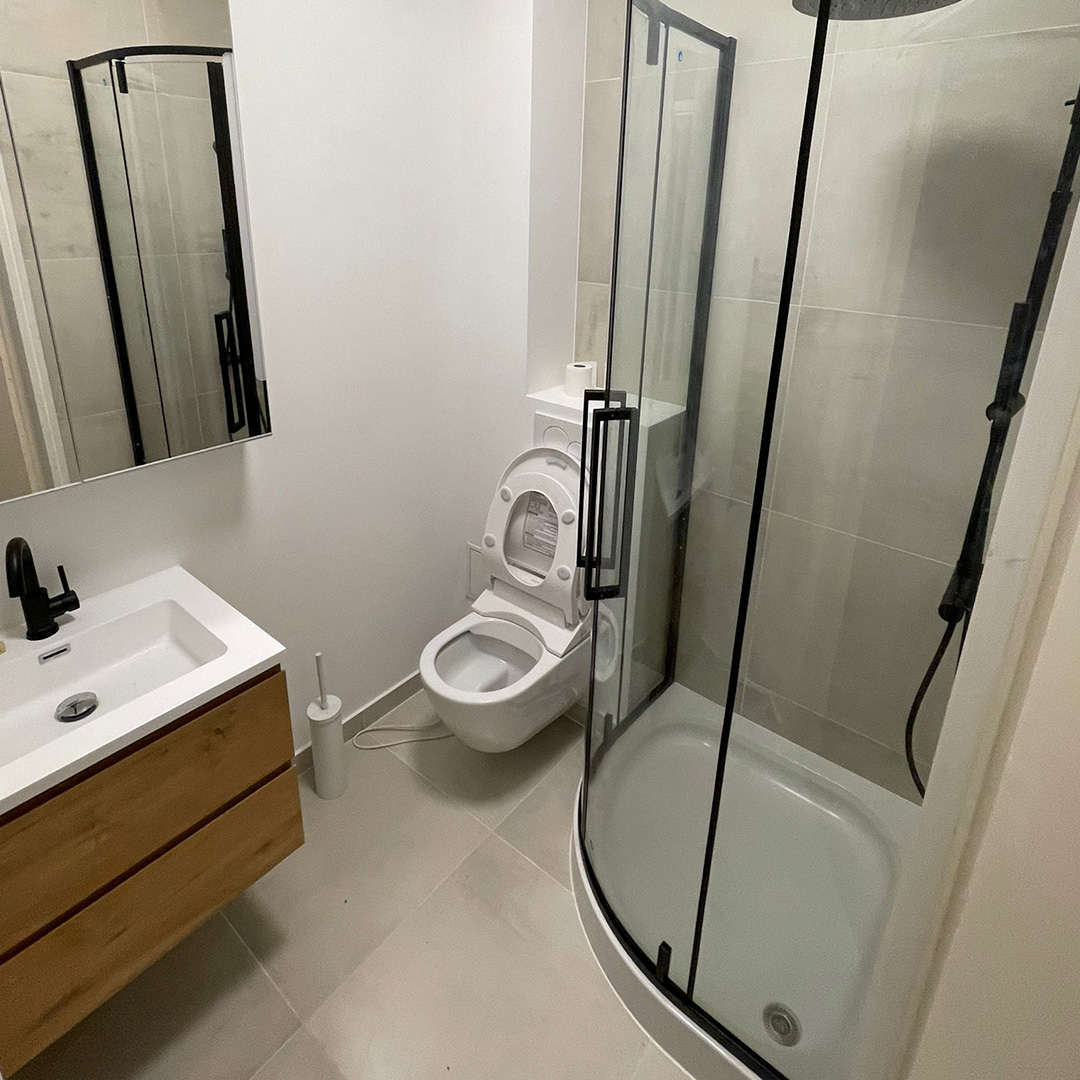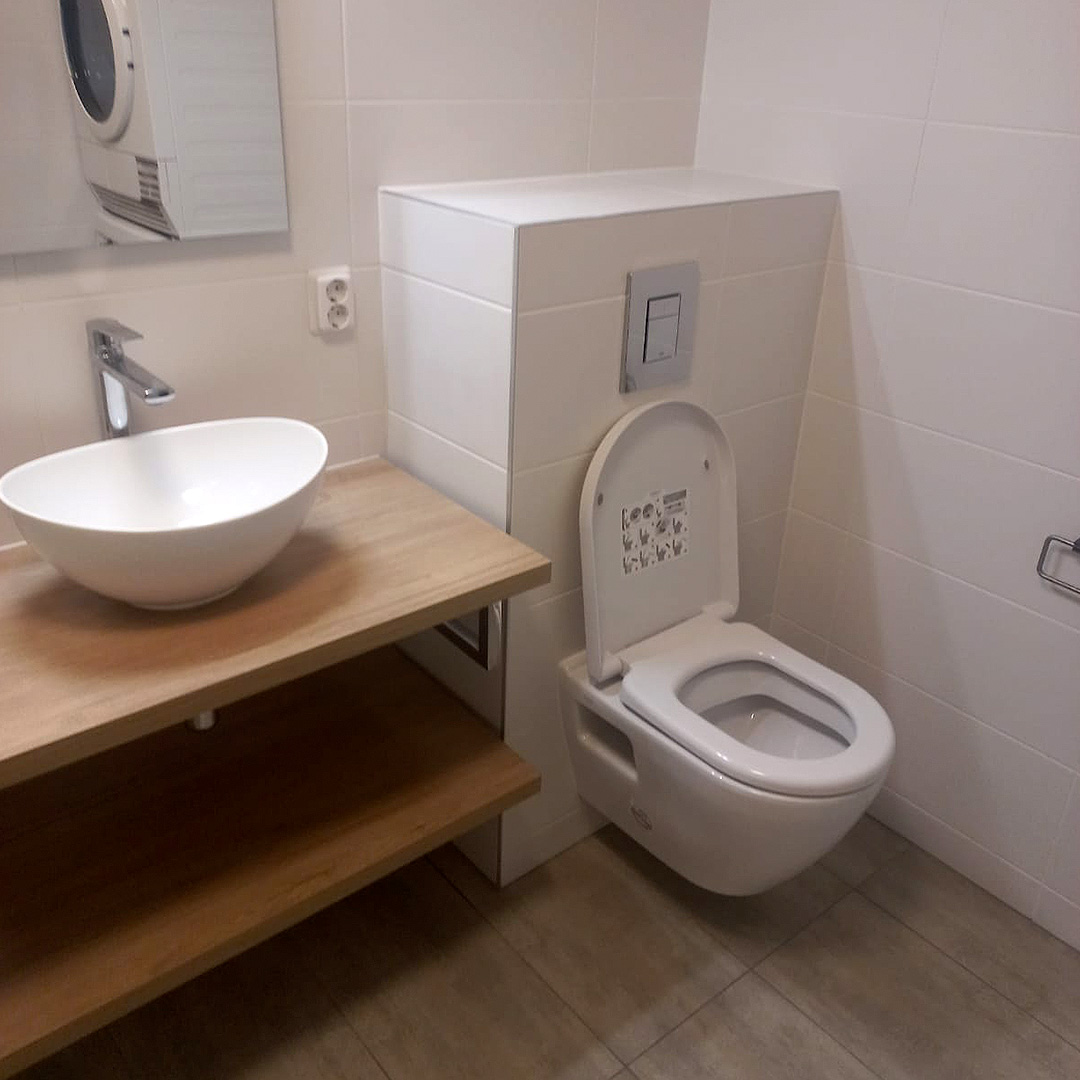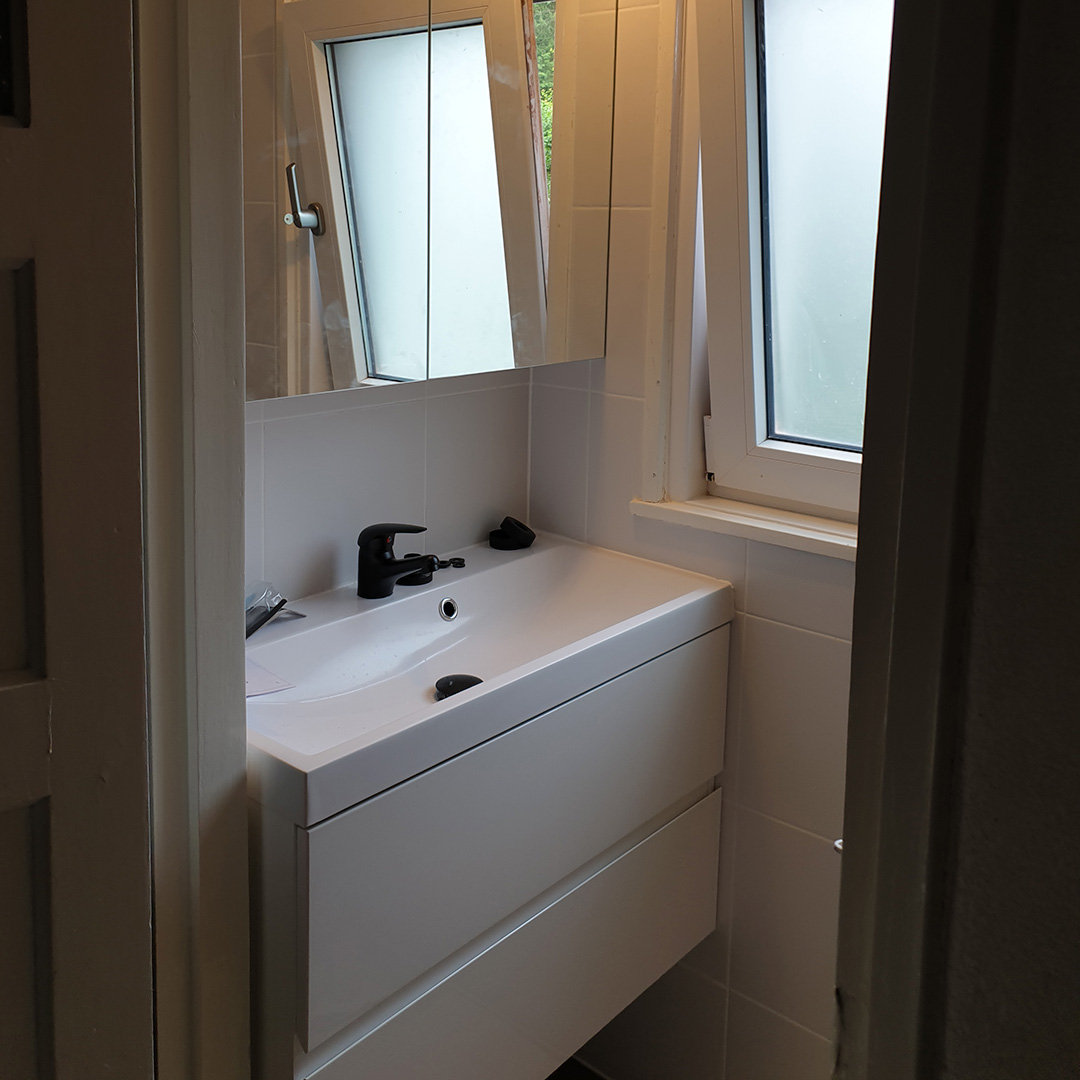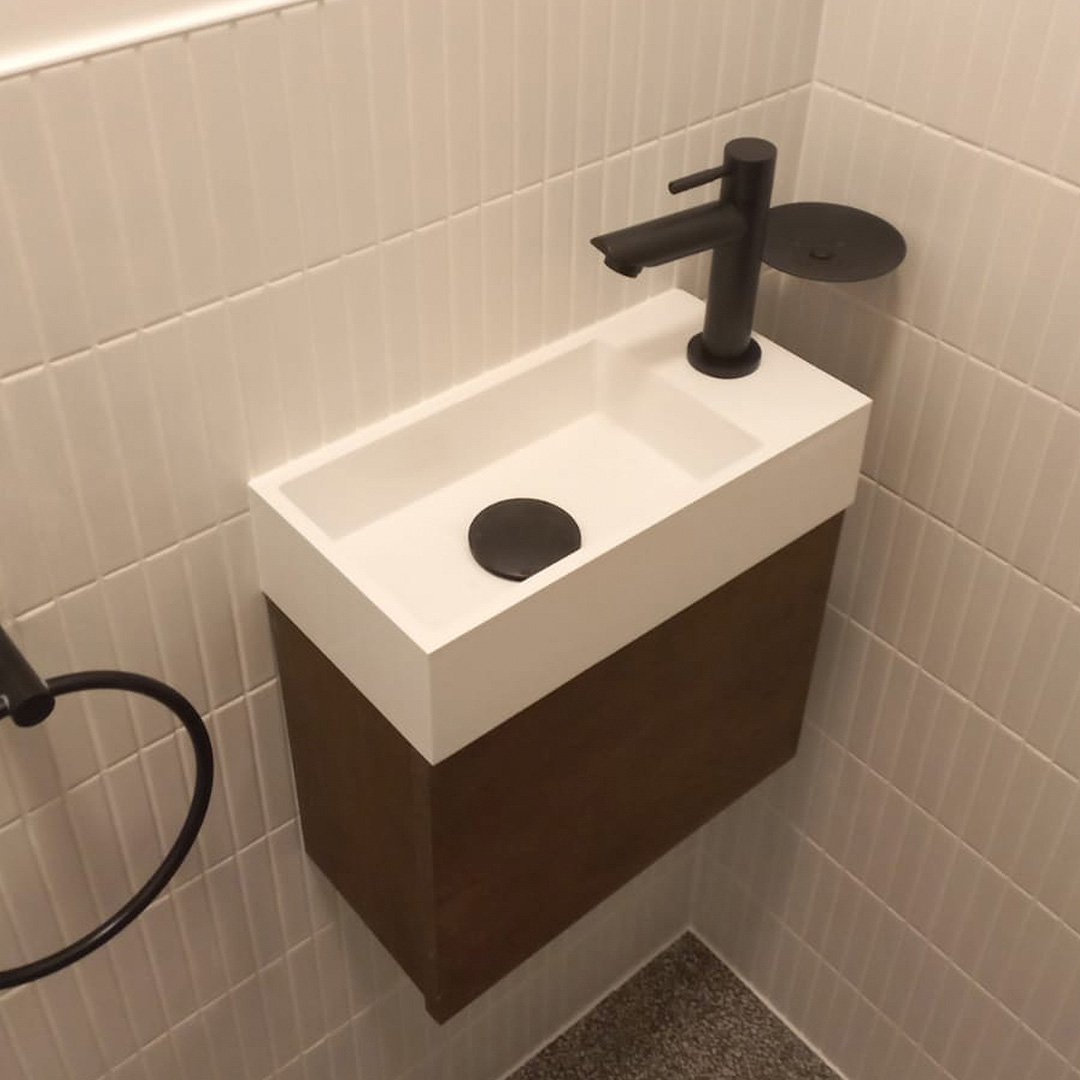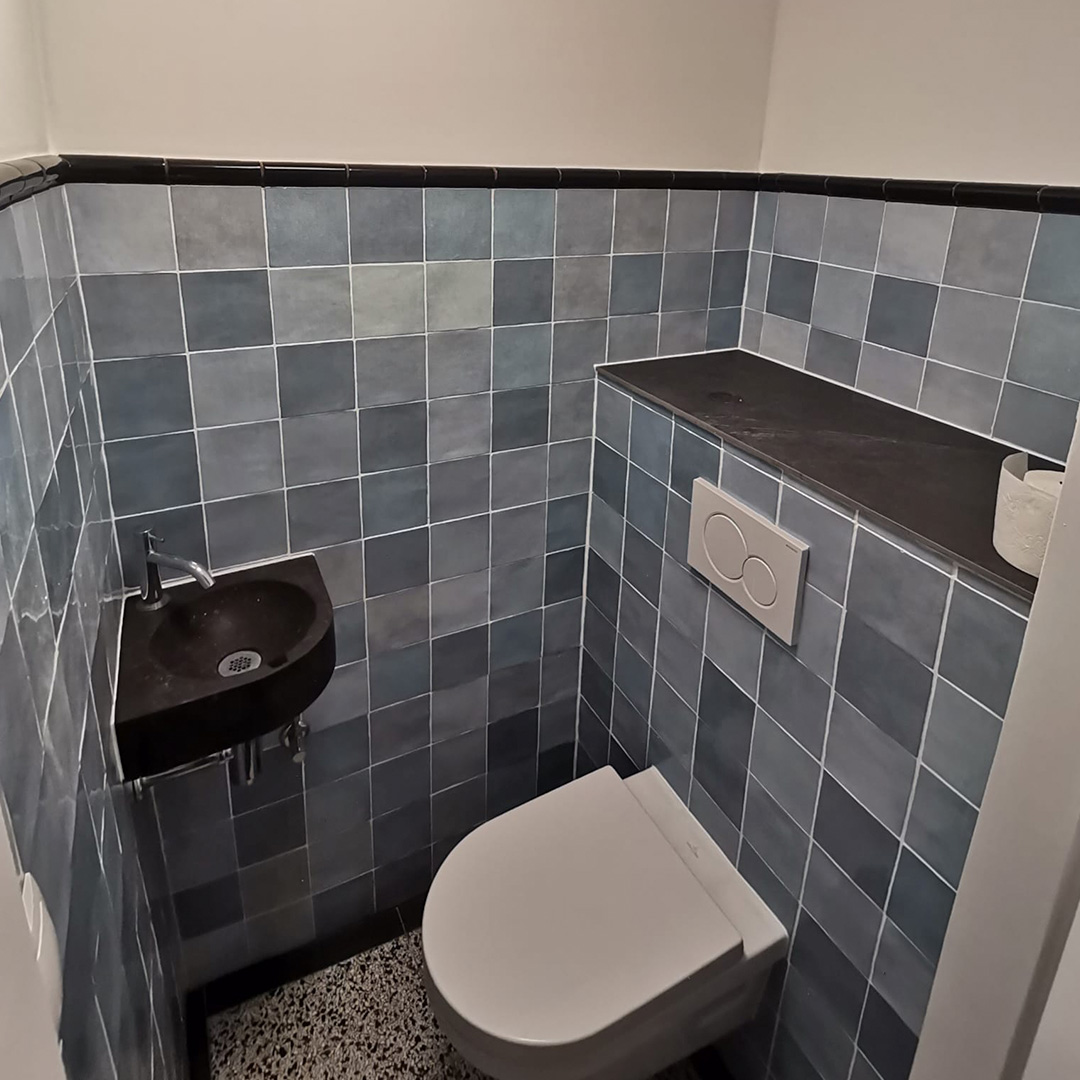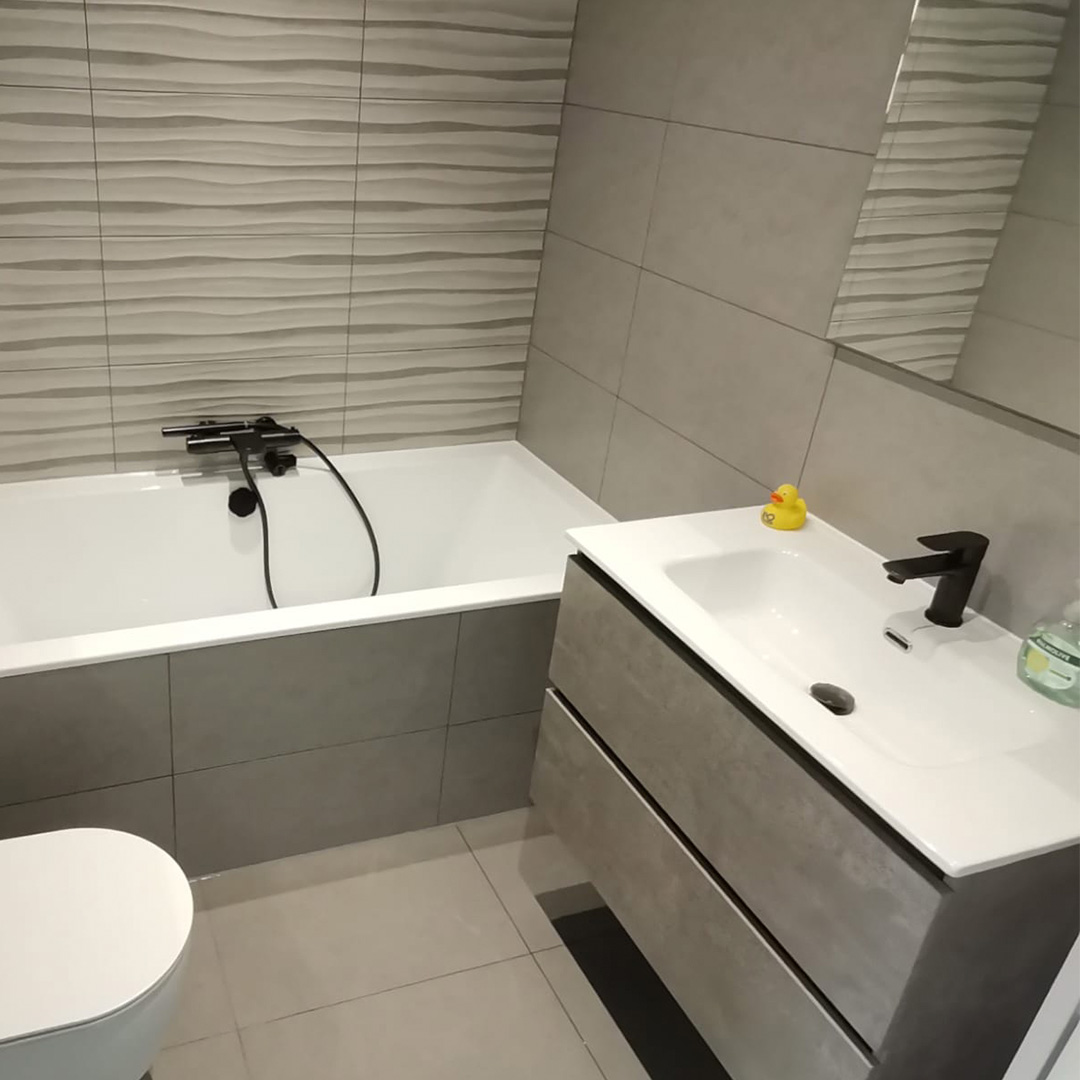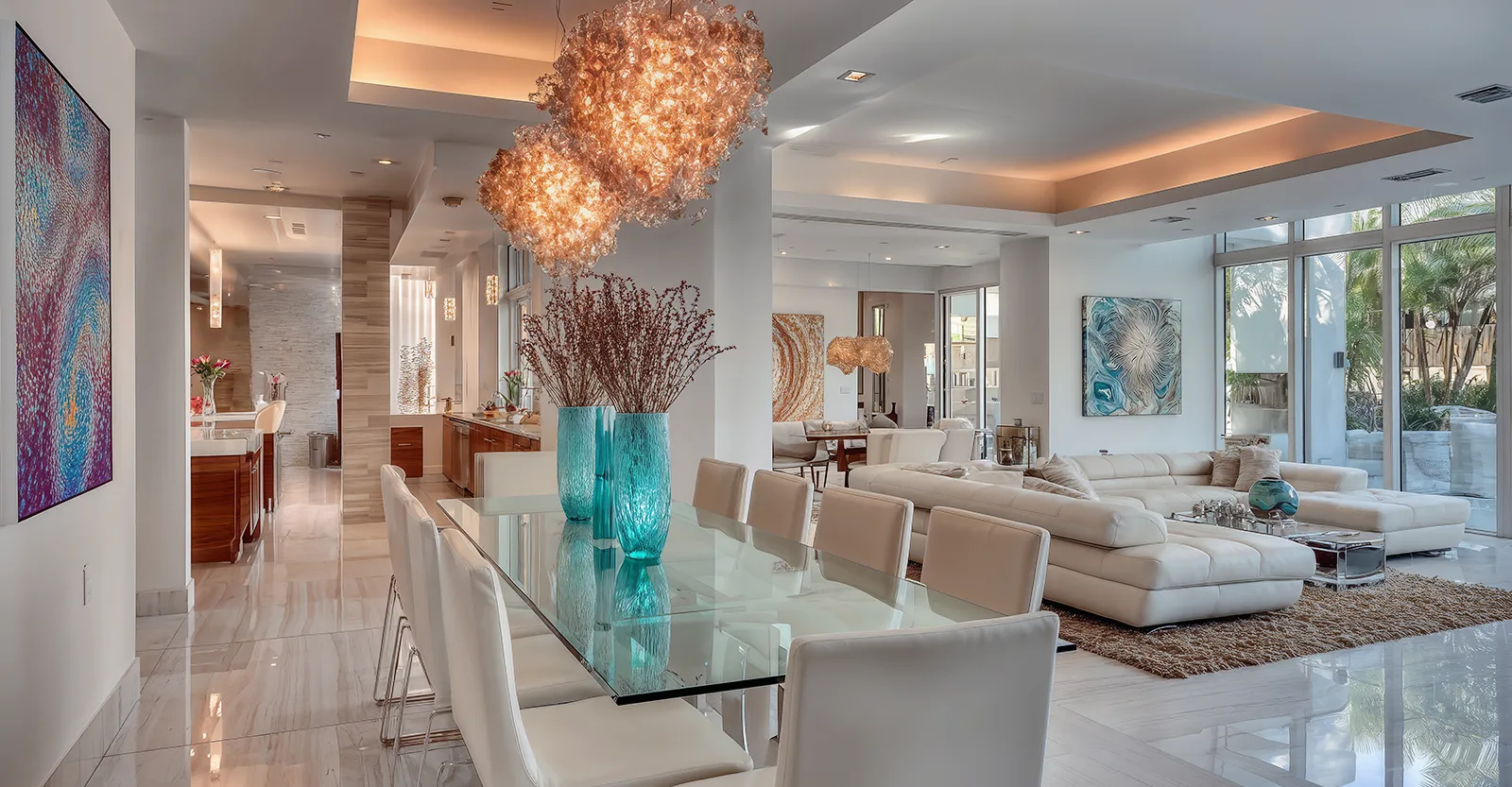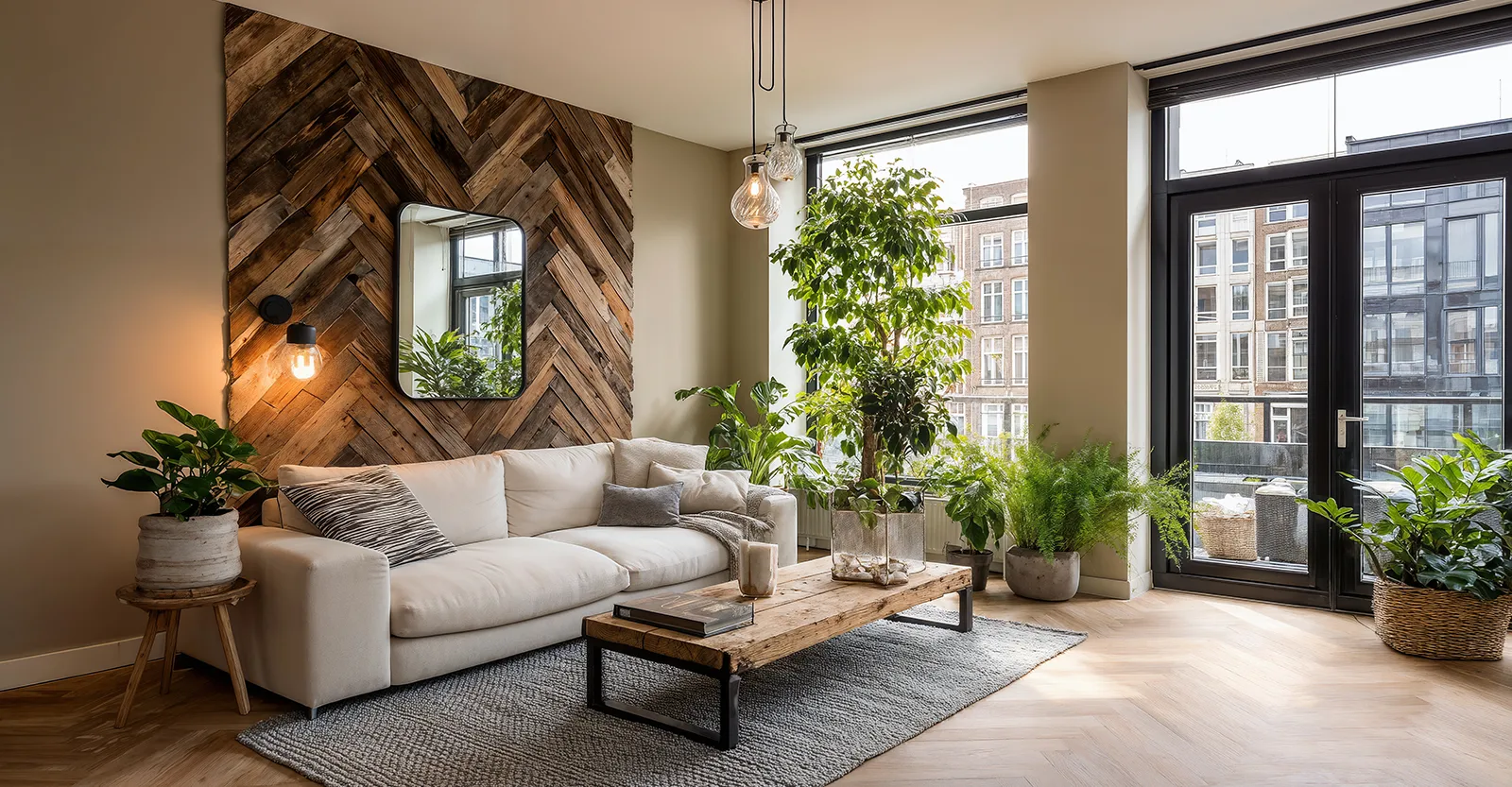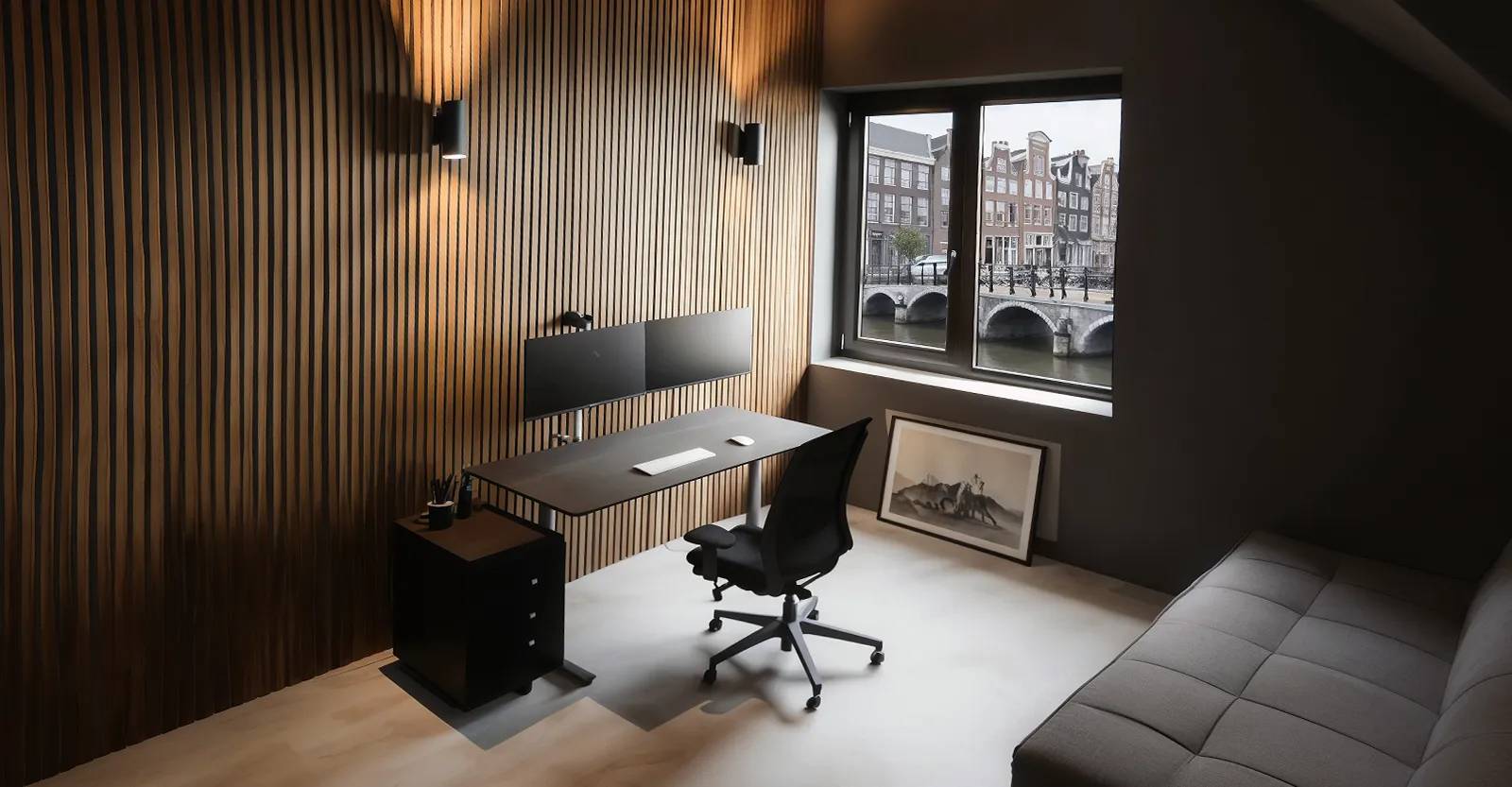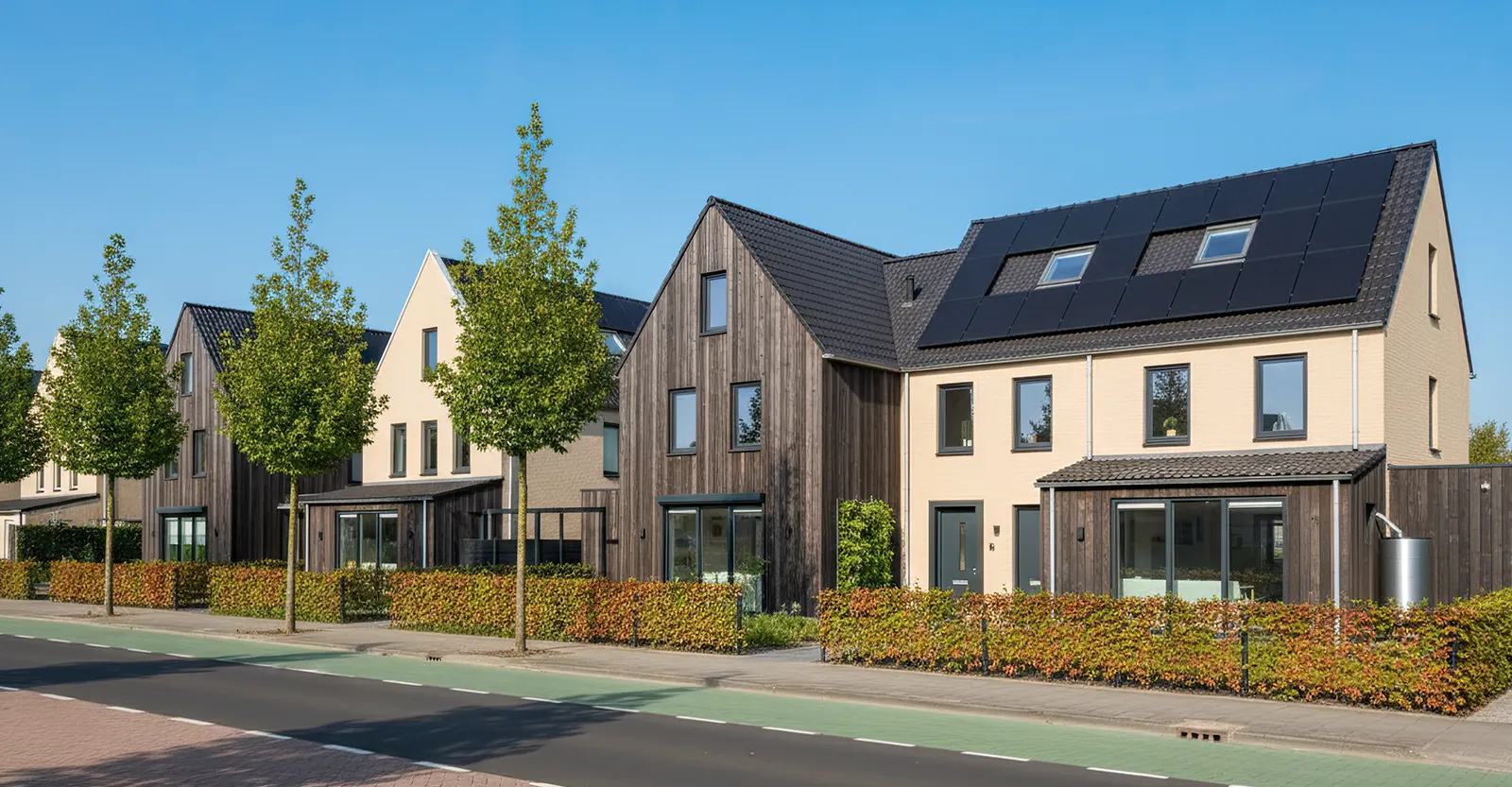The way the Dutch furnish their homes is changing for good. In the Netherlands, where green living is woven into the national identity, the demand for sustainable furniture for Dutch homes is no longer a niche interest – it’s the new standard. Looking toward 2026, this movement is about more than just eco-friendly choices; it’s about investing in timeless, durable pieces that reflect a deeper commitment to the planet.
It Starts with the Materials: Natural and Recycled Elements
When it comes to sustainable furniture, materials matter most. Dutch designers and homeowners are turning away from synthetics and embracing natural, renewable options like wood, bamboo, and cork.
Of course, wood remains a favorite, but with a crucial difference. We’re talking about timber from FSC-certified forests or beautifully weathered reclaimed wood. These choices actively reduce deforestation and give new life to old materials.
Bamboo is another hero material, prized for its incredibly fast growth and light environmental footprint. You’ll now find it in everything from sleek dining tables to modern cabinetry. Likewise, cork – harvested harmlessly from oak trees – is a standout for its renewability and natural insulating properties.
Recycled materials are also taking center stage. Designers are transforming reclaimed metal, glass, and even plastic into stunning, high-quality furniture. A coffee table made from salvaged timber or a chair molded from repurposed plastic doesn’t just tell a story; it keeps valuable resources out of our landfills.
Built to Last: The End of Throwaway Furniture
At its core, sustainable furniture is built to last. In a world of fast-fashion interiors, the Dutch are championing the simple idea that a piece of furniture should endure for decades, not just a season. This focus on durability is the ultimate antidote to waste.
Craftsmanship is key. By blending traditional techniques with modern precision, makers are creating timeless designs that won’t look dated in a few years. As a result, homes feel both stylish and sustainable.
Functionality is just as important. Many sustainable pieces now feature modular or adaptable designs. For instance, a sofa with replaceable covers or a dining table with extendable leaves means the furniture can evolve with your life. This flexibility reduces the need to buy new, providing a smarter solution for a growing family or a new home.
Join the Circle: Renting, Repairing, and Upcycling
The circular economy has officially arrived in Dutch living rooms. Instead of buying, many people are now choosing to rent or lease furniture. This innovative model makes high-end, sustainable pieces accessible while drastically reducing waste. It’s a perfect fit for a generation that values access over ownership.
Repair and upcycling are also becoming second nature. Rather than discarding a worn-out item, Dutch homeowners are choosing to restore it. Reupholstering a beloved antique chair or refinishing a scuffed wooden table breathes new life into old treasures and honors their history.
Think Local: Why Dutch-Made Matters
There’s a growing preference for locally produced furniture, and for good reason. Buying from local artisans and manufacturers dramatically cuts the carbon footprint associated with international shipping.
Moreover, Dutch furniture brands are becoming increasingly transparent about their process. They proudly showcase their ethically sourced materials and fair labor practices. This allows you to furnish your home with pieces that align perfectly with your values.
In the Netherlands, a beautiful home is now also a responsible one. The future of interior design here is a seamless blend of style, innovation, and ethics. This isn’t just about buying furniture; it’s about contributing to a greener, more conscious world, one beautiful piece at a time.

